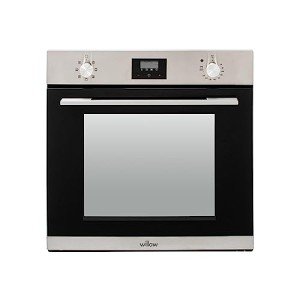How Built In Range Changed My Life For The Better

Comprehending the Built-In Range: A Deep Dive Into One of one of the most Versatile Programming Features
The built-in function range() is one of the most frequently used features in programs, particularly in Python. Its simpleness and versatility make it a vital tool for designers, engineers, and data scientists alike. In this post, we will explore the essential elements of the built-in range function, its syntax, usage cases, and some practical examples to assist you leverage its power in your coding ventures.
What is the Built-In Range?
In Python, the range() function produces a series of numbers. It is often used for model, particularly within loops, enabling programmers to execute a block of code a specific variety of times without manually defining each version.
Syntax of the Range Function
The range() function can take one, two, or 3 arguments, and its standard syntax is as follows:
range( start, stop, step).
start: The starting point of the series (inclusive). If left out, it defaults to 0.
stop: The endpoint of the series (unique). This argument is needed.
action: The difference between each number in the sequence. If left out, it defaults to 1.
Examples of Using Range.
Standard Usage: Using range() in a basic for loop to print numbers from 0 to 4:.
for i in range( 5 ):.
print( i).
Output:.
0
1.
2.
3.
4.
Defining a Start and Stop: You can define both a starting point and an endpoint:.
for i in range( 2, 6):.
print( i).
built in oven :.
2.
3.
4.

5.
Using a Step Value: The action specification enables you to manage the increments:.
for i in range( 0, 10, 2):.
print( i).
Output:.
0
2.
4.
6.
8.
Counting Backwards: The action can likewise be negative, enabling for counting down:.
for i in range( 5, 0, -1):.
print( i).
Output:.
5.
4.
3.
2.
1.
Practical Applications.
Repeating Over Lists: While utilizing range() prevails in for loops, it can also be helpful for iterating over the indices of a list.
fruits = [' apple', 'banana', 'cherry'] for i in range( len( fruits)):.
print( f" i: fruits [i] ").
Output:.
0: apple.
1: banana.
2: cherry.
Creating Number Sequences: The function is handy for producing series of numbers, which you may require for algorithms or information manipulation.
number_list = list( range( 10, 21)).
print( number_list).
Output:.
[10, 11, 12, 13, 14, 15, 16, 17, 18, 19, 20] List Comprehensions: range() works magnificently with list comprehensions for more condensed expressions.
squares = [x ** 2 for x in range( 5)] print( squares).
Output:.
[0, 1, 4, 9, 16] Conclusion.
The built-in range function is a basic function in Python that supplies a basic way to create series of numbers, which can be used for a range of shows jobs. Whether you are working on loops, producing lists, or executing algorithms, comprehending how to use range() is crucial for reliable Python coding. As you continue to check out the language, you'll undoubtedly discover brand-new ways to utilize this powerful tool, making your programs jobs more efficient and structured.
